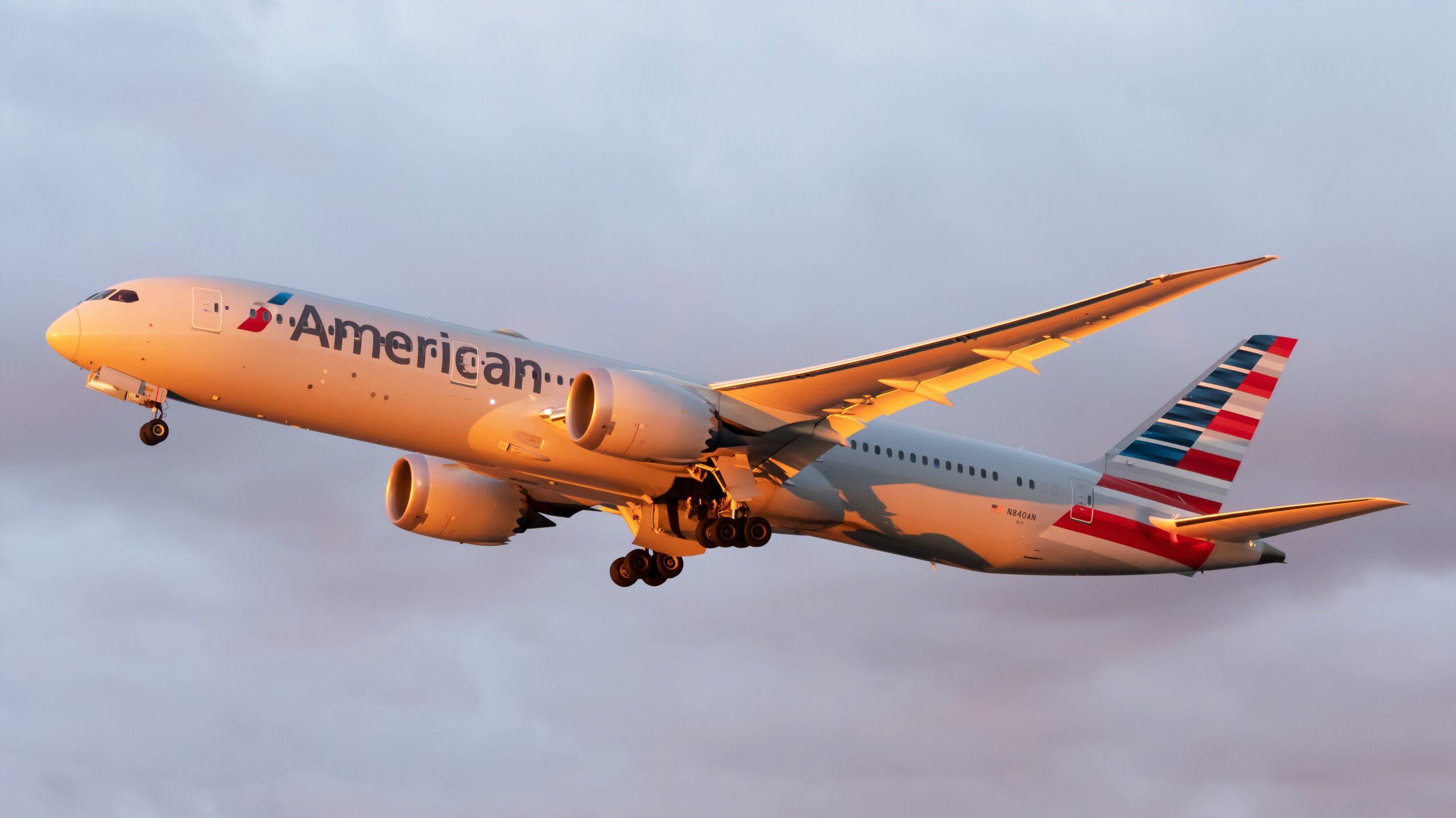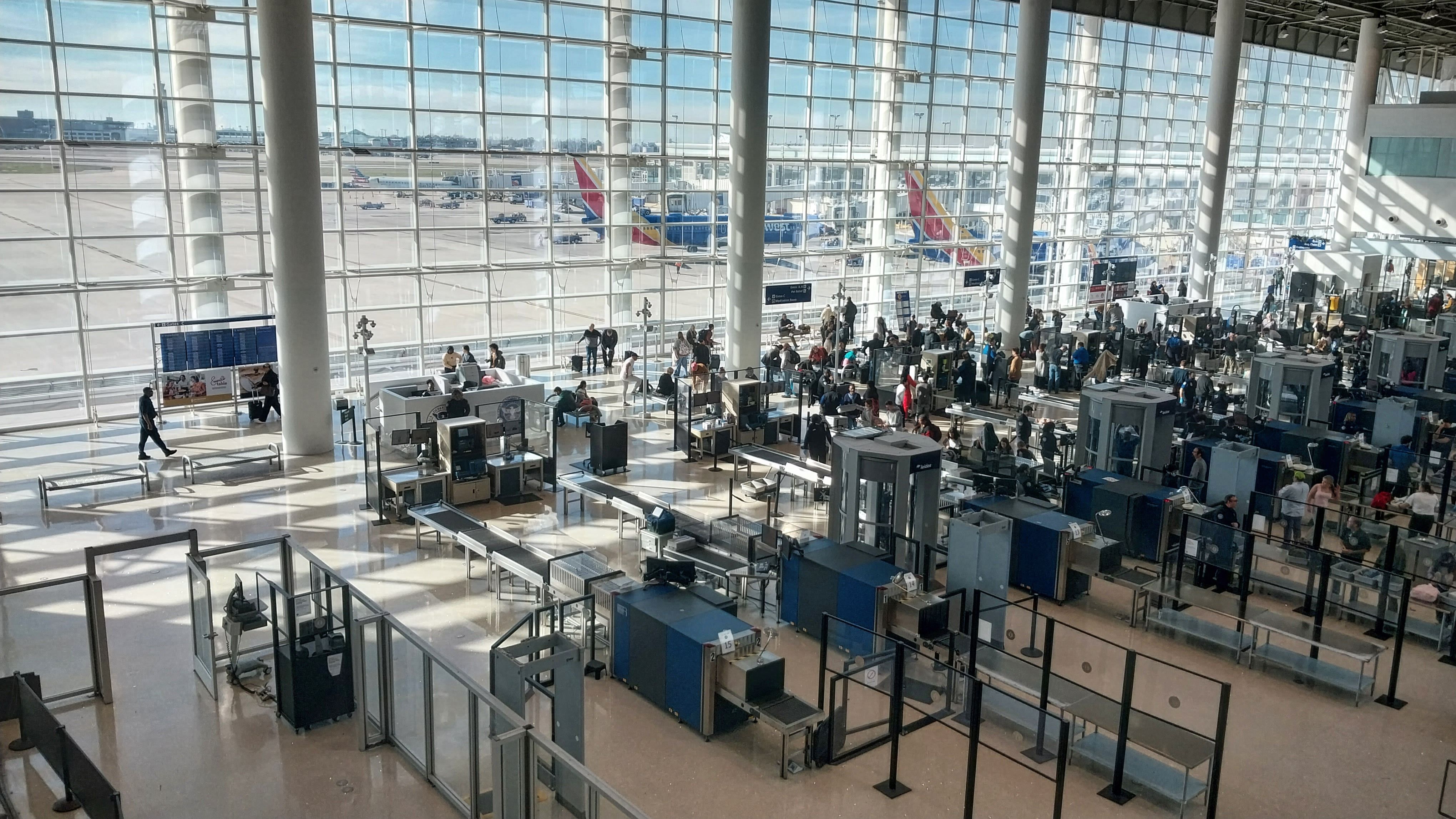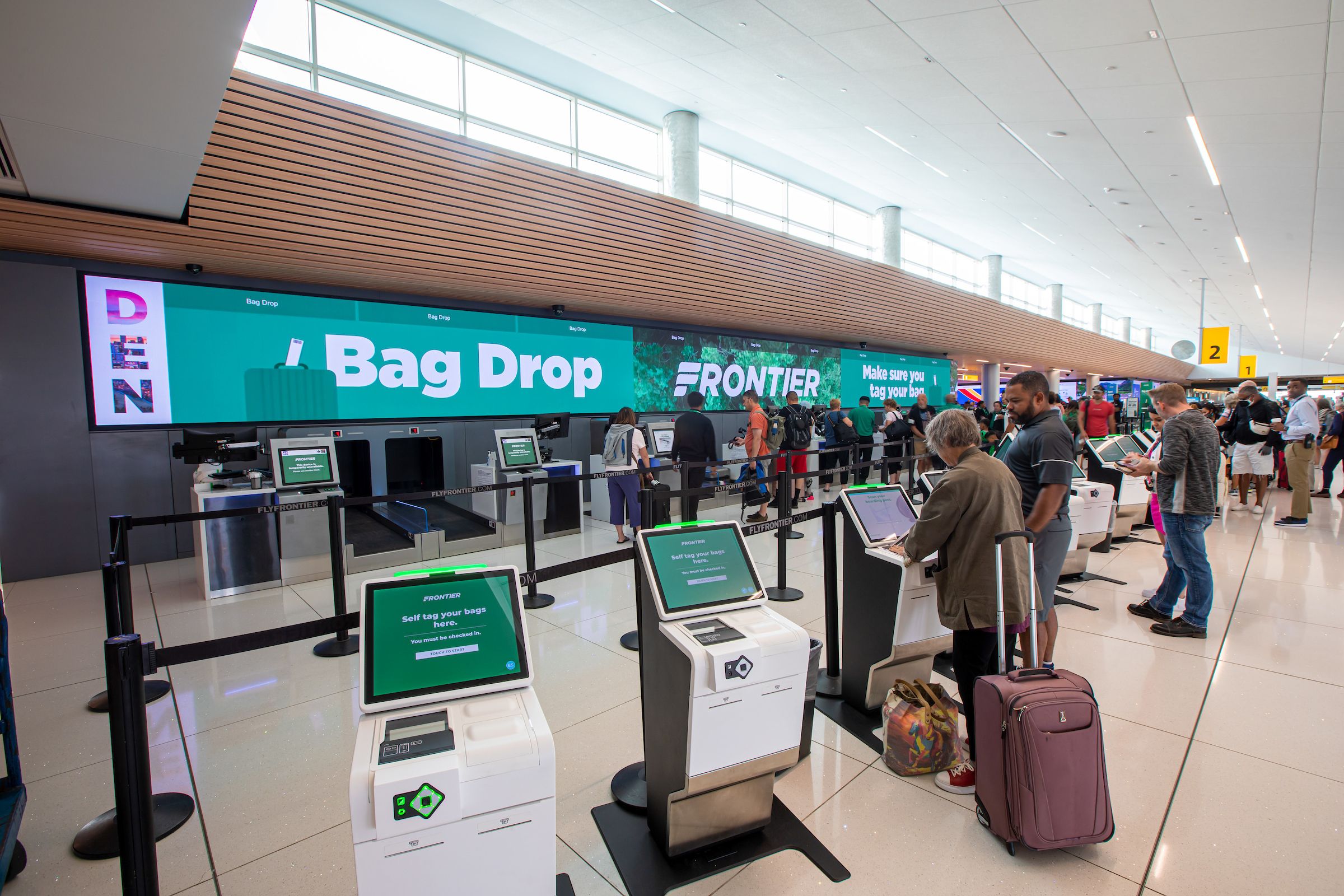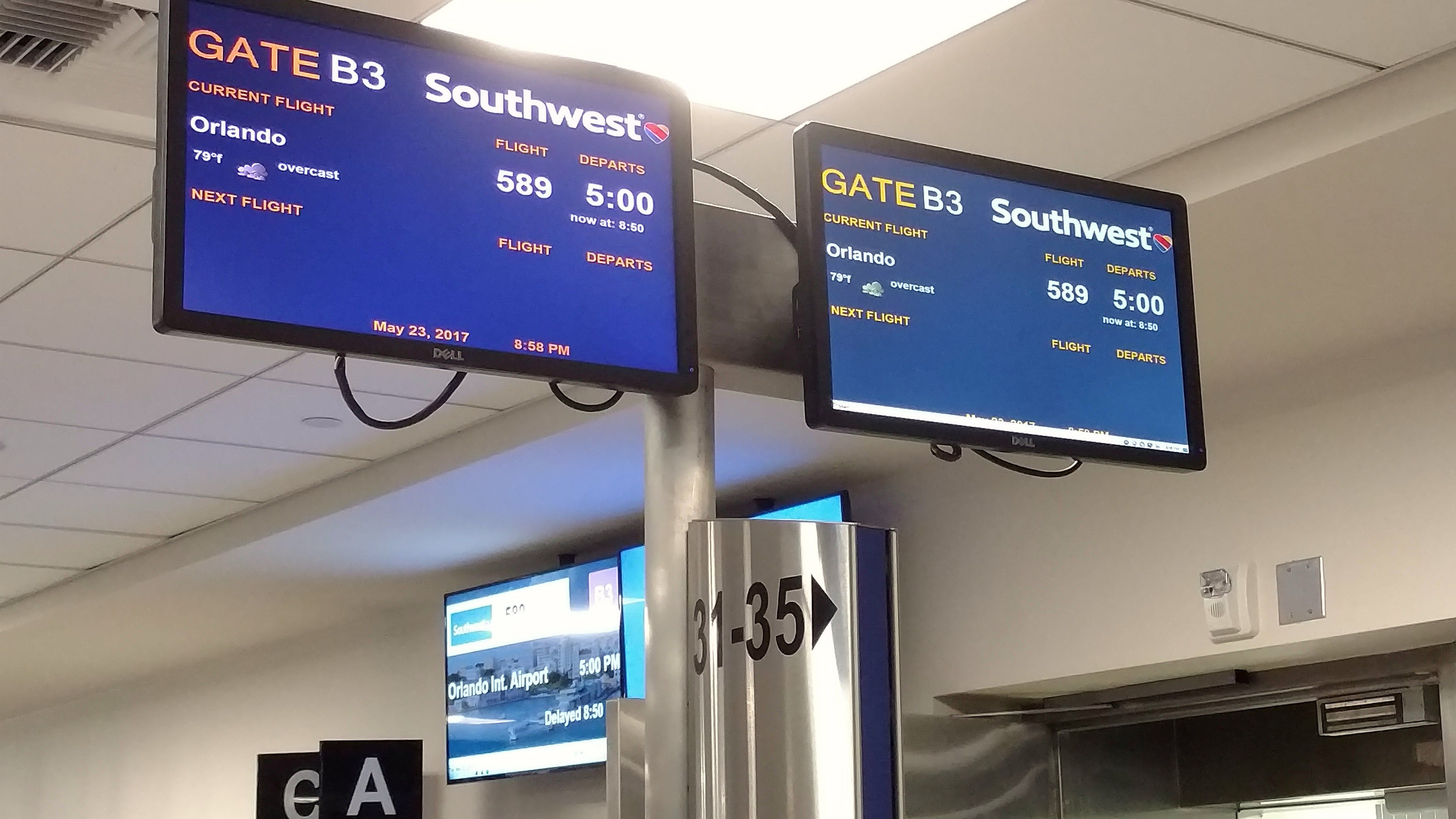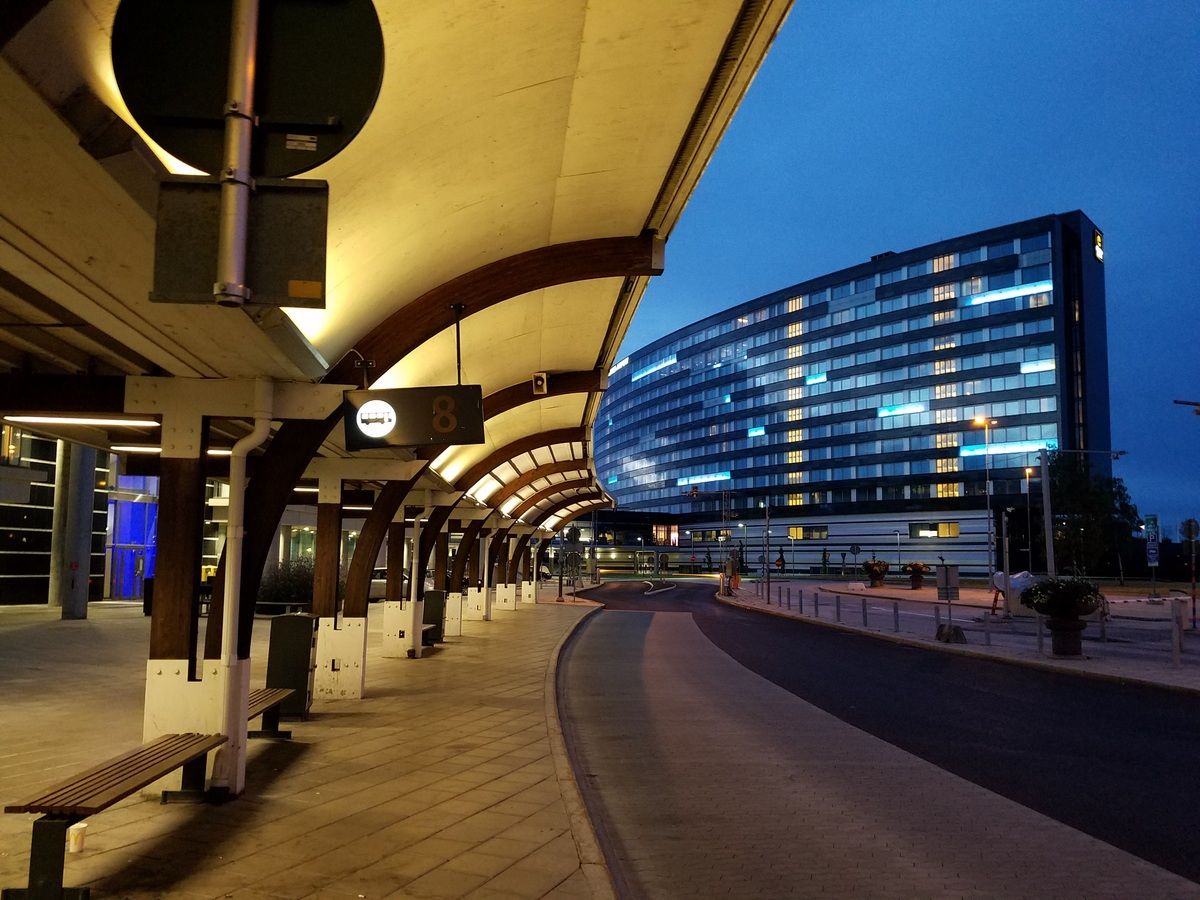When it comes to travel habits, people generally fall into two categories: the meticulous planners and the last-minute dashers. Planners leave nothing to chance and arrive at the airport with time to spare, ensuring they breeze through check-in and security. On the flip side, the dashers cut it close, arriving just in time to sprint to their gate before the doors close.
So, how early should you really get to the airport before your flight takes off?
When should you really arrive at the airport?
Most US airlines recommend arriving at least two hours before a domestic flight and three hours before an international one. But remember, this isn’t a one-size-fits-all rule. Various factors, like the time of day, the airport’s layout, and your personal travel preferences, can influence how early you need to be there.
Photo: Elliott Cowand Jr | Shutterstock
Even though air travel is a staple in the US, some American airports rank among the world’s least user-friendly. Think confusing layouts, long waits, and an overall sense of disarray that can make navigating them a nightmare. Therefore, it doesn’t hurt to show up a little earlier so you have ample time to spare (in case you get lost!).
The commute conundrum: timing your airport arrival
Unlike in Europe, where many airports are conveniently connected to city centers via rail or metro lines, most U.S. airports require you to drive. Depending on where you’re departing from, traffic can be a significant concern, especially during peak hours. You’ll need to factor this into your departure time to avoid a last-minute scramble.
Photo: Denver International Airport
Once at the airport, if you’ve got luggage to check, arriving early can help you avoid long lines at the check-in counters. Check the opening times for your flight’s check-in desks and aim to get there as early as possible. Once that’s out of the way, you’ve now got to go through security, which can take time, too.
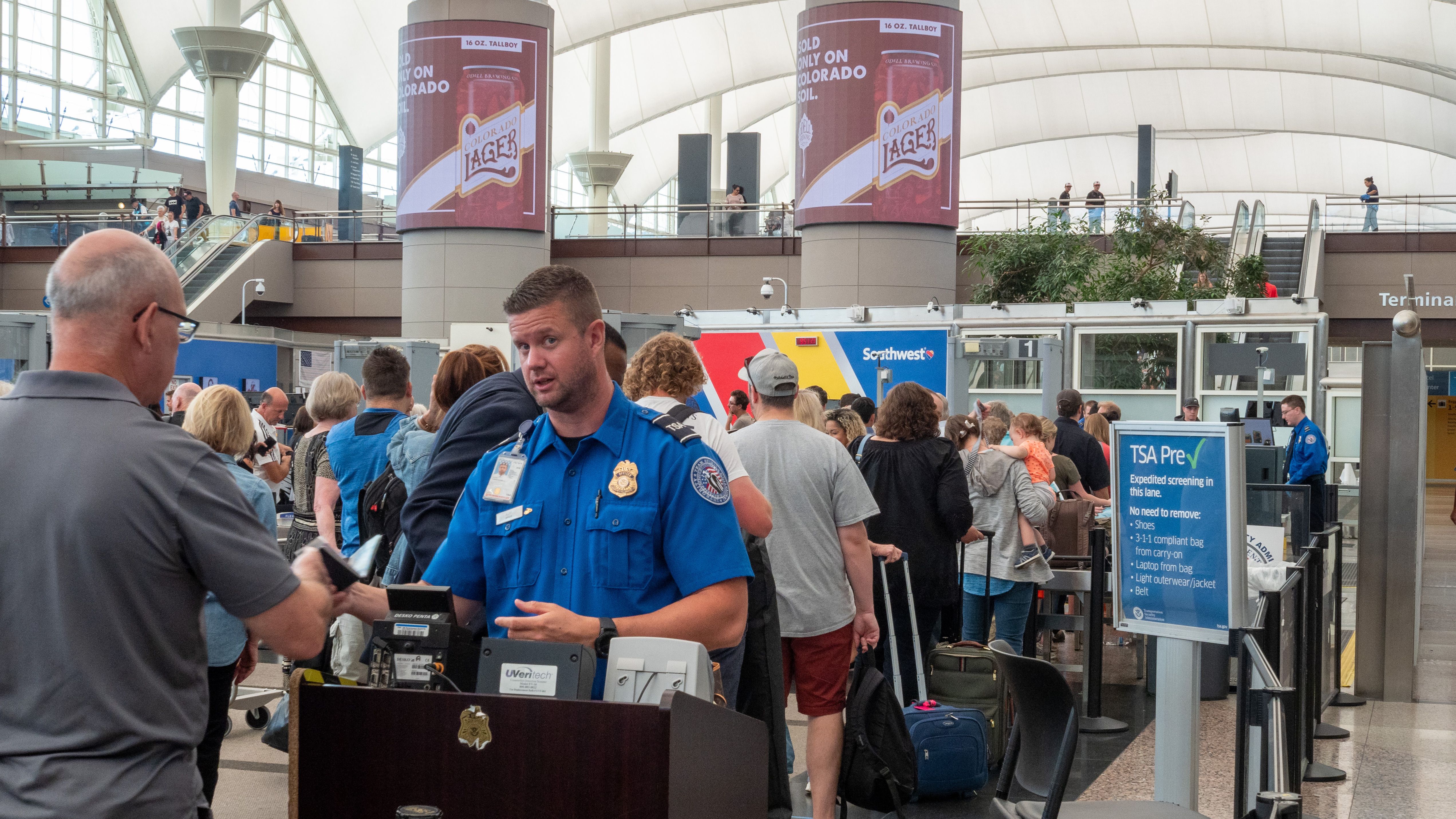
Related
Does TSA PreCheck Or CLEAR Provide A Better Airport Security Experience?
The US Department of Security offers several trusted traveler programs for low-risk passengers to save time in security. Its TSA PreCheck program allows passengers to go through security without removing their move shoes, laptops, liquids, belts, or light jackets.
The CLEAR Program (which is also an enrolment provider for PreCheck) saves passengers time in a slightly different manner by verifying the traveler’s identity biometrically at a kiosk before an agent escorts the passenger directly to the front of the PreCheck or Standard security lane.
The TSA claims wait times for PreCheck members are less than 10 minutes, while the time can vary with CLEAR. Many people also maintain memberships in both programs. Which program have you found saves you the most time at the airport?
With the surge in the number of travelers flooding airports, especially during peak travel seasons, the strain on Transportation Security Administration (TSA) officers has reached new heights. These officers are responsible for ensuring the safety and security of every passenger, and with more people flying, the demand for their time and attention has increased significantly. This uptick in travelers means longer lines and more thorough checks, leading to extended wait times for passengers.
What used to be a quick pass through security can now turn into a tedious process, with passengers often finding themselves standing in line for 20 to 30 minutes, if not longer. The wait isn’t just about the sheer number of people; it’s also about the extra layers of security that may be required in today’s environment. Factors such as heightened security alerts, the need to manage various types of electronic devices, and the occasional passenger with a complicated carry-on can all contribute to delays.
Speaking of trying to breeze past security checks, here are 5 ways you can get through TSA lines faster:
- Enroll in TSA PreCheck or Clear: these programs offer dedicated lanes and faster processing, often letting you skip the regular lines entirely.
- Larger airports often have multiple security checkpoints. Check airport maps or ask staff for guidance on which one typically has shorter lines.
- Flying early in the morning or late at night often means shorter lines, as fewer people are traveling during these times.
- Double-check the TSA guidelines to ensure you’re not carrying any prohibited items. This will help you avoid secondary inspections.
- Keep your attire simple — skip the belt, wear slip-on shoes, and avoid excessive jewelry to breeze through the metal detectors.
Domestic flights: what’s the perfect arrival time?
Considering the factors mentioned, a good rule of thumb is to arrive at the airport two hours before your domestic flight departs. If the airport isn’t too crowded, this should give you ample time to check in, go through security, and find your gate.
Typically, boarding begins 45 minutes before departure, so be sure to arrive at the gate by that point, and you should have no problems. Sometimes the airline you are traveling with will email you telling you to arrive extra early; if so, follow their advice.
International travel: how early is early enough?
For international flights, the widely accepted guideline is to arrive at the airport at least three hours before your departure time. This recommendation is designed to give you enough time to navigate the various stages of the pre-flight process, from checking in and dropping off luggage to passing through security and handling any unexpected delays.
However, during peak travel seasons (like in summer), it might be wise to give yourself even more of a buffer. Airports will likely be busier than usual, and those extra minutes could be the difference between a smooth journey and a stressful race against the clock.
If you’re traveling with children or need special assistance, planning ahead becomes even more crucial. Kids can add an unpredictable element to travel, whether it’s needing extra bathroom breaks or dealing with the inevitable last-minute snack requests.
Similarly, if you require any kind of assistance, such as wheelchair support or additional time to navigate the airport, these factors should be incorporated into your travel plans. Arriving early not only gives you peace of mind but also ensures that you can address these needs without feeling rushed, making for a much more pleasant start to your journey.
Airport hotels: the secret to stress-free travel
To ease the stress of your travel day, consider booking a room at an airport hotel for the night before your departure. This simple step can transform your entire travel experience. Instead of rushing to the airport in the early hours, you can enjoy a restful night’s sleep, knowing you’re just a short walk or quick shuttle ride away from the terminal. Waking up refreshed and close to your departure point allows you to start your day calmly, avoiding the anxiety that often accompanies last-minute travel preparations.
Another way to enhance your travel experience is by treating yourself to access to an airport lounge. Arriving at the airport early suddenly becomes much more appealing when you can relax in a comfortable setting, enjoying a meal or a drink while you wait for your flight. Lounges offer a quiet escape from the bustling terminal, giving you a chance to unwind, catch up on some reading, or simply sit back and savor the start of your vacation. It’s a small indulgence, but one that can set a positive tone for your entire trip.

